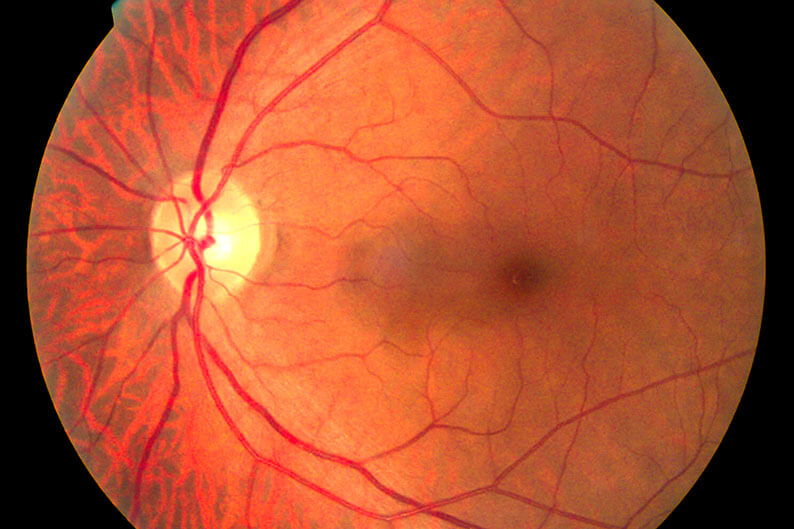Detached or Torn Retina
What is CMV Retinitis?
CMV retinitis is a serious eye infection of the retina, the light-sensing nerve layer that lines the back of the eye. It is a significant threat to people with weak immune systems, such as people with HIV and AIDS, newborns, the elderly, people taking chemotherapy, and recipients of organ transplants.
About 20 to 30 percent of people with AIDS develop CMV retinitis. Infection with cytomegalovirus, one of the herpes viruses, is extremely common and does not pose a problem for someone with a strong immune system. But when immunity is weak, the CMV can reactivate and spread to the retina through the bloodstream.
First signs of CMV retinitis are loss of peripheral vision or a blind spot which can progress to loss of central vision. Without treatment or improvement in the immune system, CMV retinitis destroys the retina and damages the optic nerve, which results in blindness. Injection of one or two drugs daily is the current treatment for CMV retinitis.
A promising new therapy involves placing a small implant inside the eye that slowly releases the anti-CMV drug ganciclovir. Warning signs that should be examined by an ophthalmologist immediately are floating spots or spiderwebs, flashing lights, blind spots or blurred vision. Recurrence of CMV retinitis is common; a monthly check-up with an ophthalmologist is recommended.






